Syrian artist Ismail Al-Rifai’s paintings, poetry and prose are characterised by their exploratory nature and fresh approaches. Often delving into paradoxes born from a journey of pain, they offer poignant observations of Syria‘s tumultuous scene. Al-Rifai, who lives in Sharjah, United Arab Emirates, conveys these with a sense of sorrow and draws on his childhood to create a self-contained realm within his artworks and writings. As you engage with his creations – whether as a reader or a viewer – you savour the gentle winds of the verdant plains surrounding his hometown, Al-Mayadin. There, by the banks of the Euphrates, the tears shed by the young Ismail still glisten, a testament to the enduring vitality of the child within him, even as the years roll on.
Al-Rifai’s work brims with nostalgia, a tender spirit, and modernist forms drawn from his memories of the Euphrates and his close companionship with the sea, trees and the desert of Sharjah. In this way, he unveils a self that embraces the cosmic beauty surrounding it.
Yet his work is far from being purely instinctive. Al-Rifai holds a Bachelor of Fine Arts from Damascus University and has participated in many Arab and international projects. His portfolio gleams with a multitude of artistic and literary accolades, including the Dubai Culture Award (2015), first prize in the annual exhibition of the Emirates Fine Arts Society (2013), the Sharjah Award for Arab Creativity for his 2006 novel Adraj al-Tayn (Stairs of Clay), and the Fine Arts Syndicate Award, Syria (2002). He also has a collection of poetry titled Ya’a wa’d ‘ala shafah mughlaqah (A Promise on a Closed Lip), which came out in 2002, and one of his most recent publications is ’Inda muntaṭif al-nahr (At the Bend of the River), which is a creative work that seamlessly blends written narrative with visual artistry. This work prompted this interview, which aims to delve deeper into his worlds – worlds stripped of colour with the outbreak of war in Syria. In these tumultuous times, Al-Rifai’s artistic vision offers a sanctuary – a much-needed respite from the tempestuous currents of the world.
Our conversation unfolded as follows:
Q - Your numerous artistic projects and works showcasing diverse aesthetic forms have established you as a prominent presence in the Arab art scene. From your perspective, what key elements have underpinned your creative journey thus far?
This question takes me back to the period following my graduation from the College of Fine Arts in Damascus and the commencement of shaping an artistic project that embodied my distinctive approach. However, this phase was short-lived, as abstraction failed to quench my thirst for experimentation and satisfy the quest for visual compositions that bear my unique imprint. During that time, I became engrossed in a novel experiment, scrutinising alterations in human forms and endeavouring to capture those subtle nuances that fascinate me – whether through works I crafted independently or those that resonated with me due to their expressive and formal potency, especially within the splendid artistic legacies of our human heritage. This trajectory sketched the contours of my artistic experience, gradually sharpening the outline day by day. Yet, these experiences, in turn, acted as portals to uncharted territories and new worlds awaiting discovery. And so, an ever-refreshing enthusiasm and artistic enticement perpetually beckon me to explore their visual and aesthetic potentialities.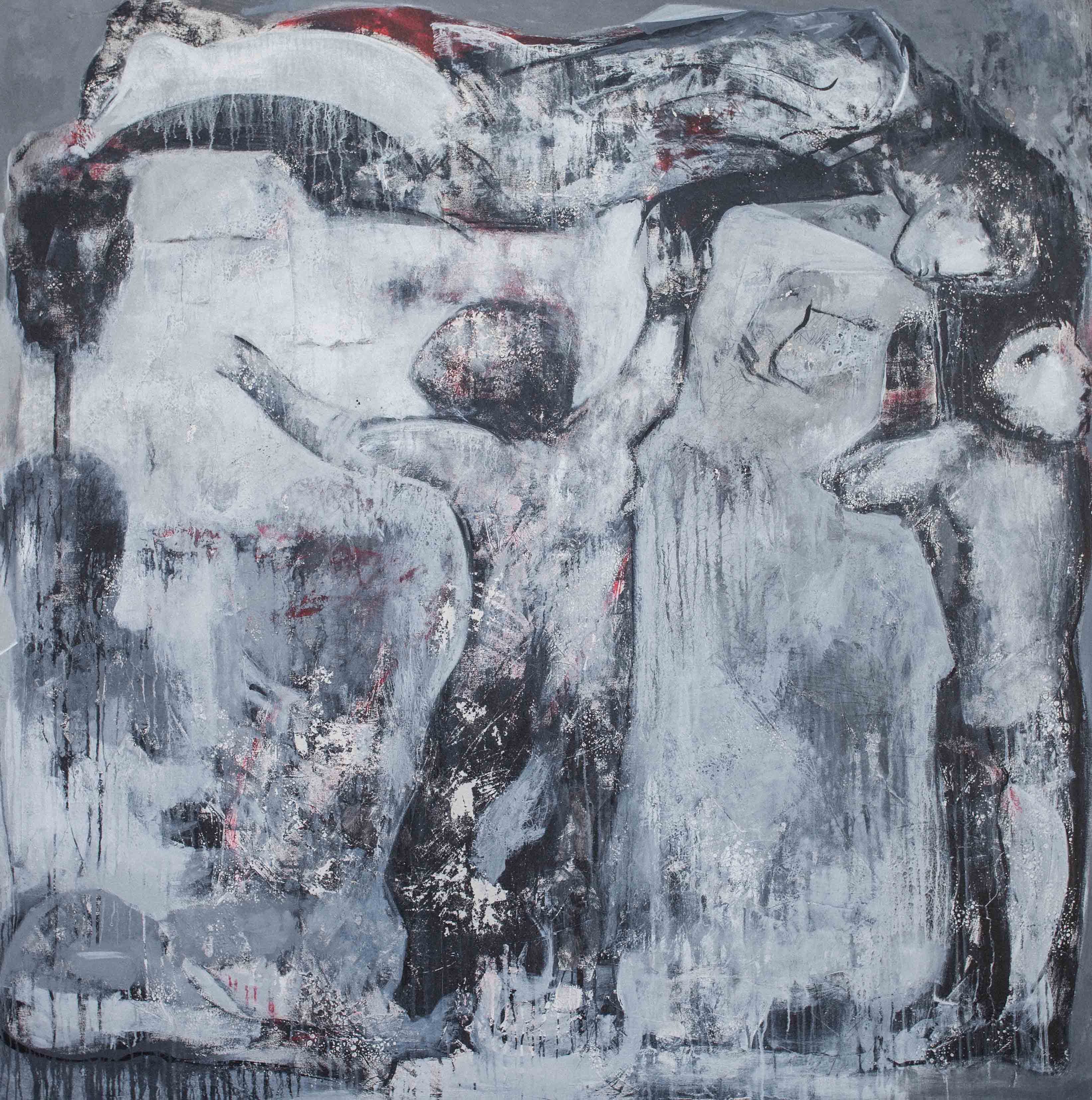
Q - That leads me to another question. You share a longstanding connection with the city of Sharjah, where you have lived for an extended period. Presently, you are engrossed in the “Tree of Bait Obaid Al-Shamsi” project. Could you explain your affinity for this tree? Is this project a form of dialogue with your environment through the tree?
This tree derives its name from the House of Bait Obaid Al-Shamsi, where it stands steadfast in the expansive courtyard. Al-Shamsi’s house is one of the historic houses that have undergone restoration, its manifold chambers transformed into artists’ studios. I occupied one such space for more than 13 years. Remarkably, this almond tree – which greeted me each day – etched a more profound impression upon me than I could have envisaged. Thus, I found myself immersed in delineating its details while observing the interplay of light upon its leaves and branches. They appeared as a microcosm of the universe, as if the roots of that tree lay before me, delving deep into the soul-enriching soil of the Euphrates. The tree stood as the most exquisite witness to the momentum, transformations and artistic manifestations that unfurled within the arts of which the Al-Shamsi house is a part. It encapsulated the boundless potential inherent in a solitary artistic element – one that can be approached from an infinite array of perspectives.
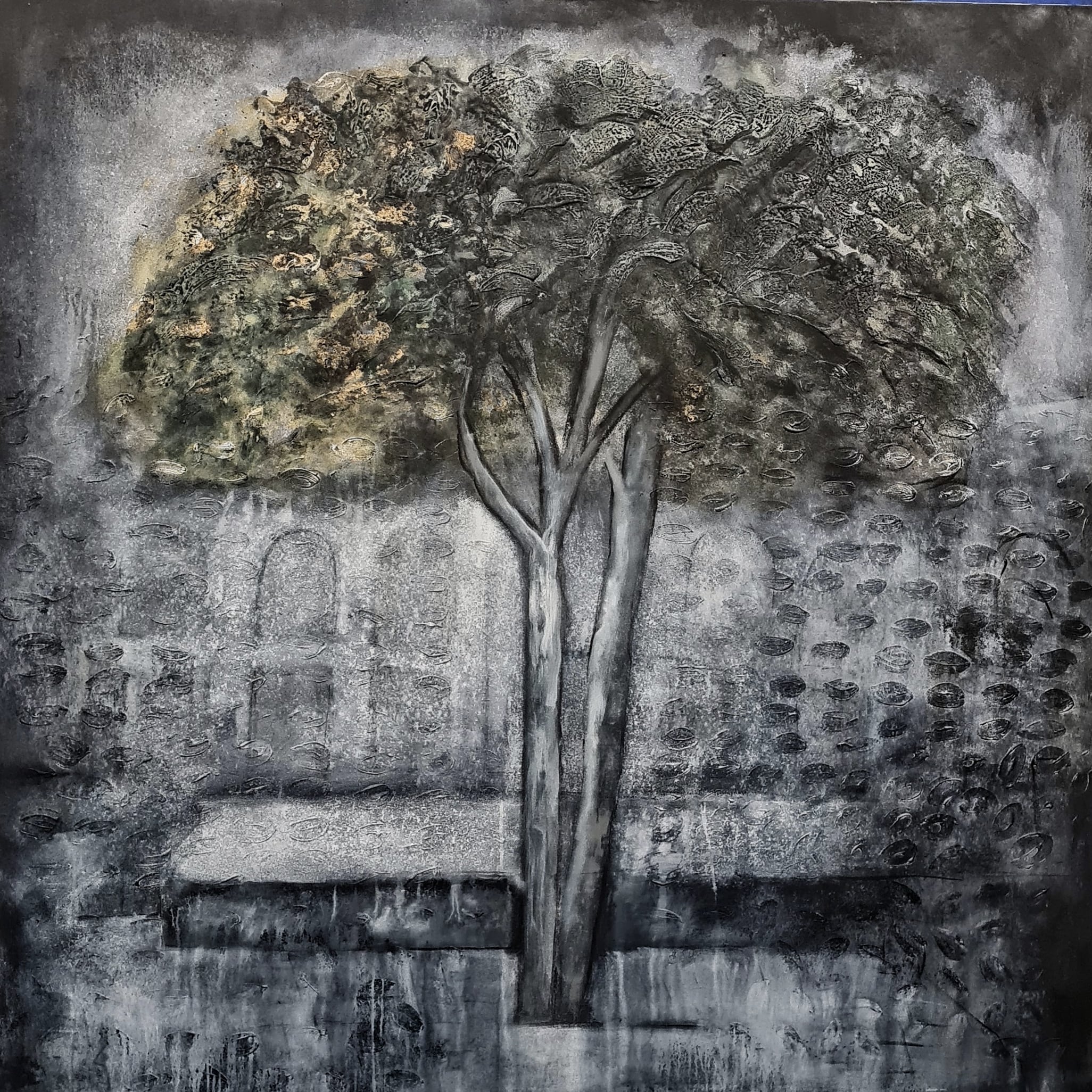
Q - For nearly a decade, most of your works have featured shades of grey. Can we perceive this as a pivotal phase in your artistic journey? How might you describe this tendency?
Without a doubt, this signifies a pivotal phase for me. As the grey infiltrated my work, colours gradually retreated until they were almost totally absent. It appeared they were echoing the profound transformations I was experiencing as a consequence of the tragedy befalling my homeland, Syria. The grey hues seemed to provide the closest representation, aptly conveying the shadow that continues to afflict the entire world. It’s a challenging time and I don’t know if we can get past it. My paintings – whether in the manner I depicted elements and characters, or in their composition and the themes I addressed – permitted a deeper exploration of the unadulterated essence of these subjects.

Q - How do you manage the dynamic relationship between your inner artist, poet and writer? Is this a harmonious integration of three realms, each employing distinct tools to articulate the depths of the soul?
I‘m unsure, really. I find ample time to balance this connection. The reality is, I‘m truly appreciative of possessing this capability because each facet brings me joy and unique understanding. I‘ve never encountered any clash between painting and writing: they stand as two entrances leading to the same realm where the essence from which we shape our lives resides and where the spirit flourishes in its most refined state.

Q - Does your latest book ’Inda muntaṭif al-nahr represent a fusion of painting and writing, where the brush and the pen intertwine? Does this project mark a quest for a fresh artistic horizon through which Ismail Al-Rifai, as a creator, seeks artistic self-reconciliation? Or does it propose an entirely novel artistic perspective?
There‘s an unparalleled sensation that courses through me as I transcribe my thoughts onto the pages of meticulously crafted handmade notebooks. In the fluid dance of ink, I witness its transformation – sometimes into letters, other times into drawings that resonate with the text or introduce an entirely new dimension. This process is like peering through a window into magic; it’s a portal to a boundless realm that expands with each passing moment. Hours often slip away unnoticed as I become absorbed in the creation of these manuscripts. Once I step away from my studio, the eagerness to witness what materialises in those moments pulls me back. For me, it undoubtedly represents a fresh artistic horizon – a realm of revelation where the roles of the writer and the painter merge, where the poet and the painter find common ground. All this occurs in moments that defy description or explanation. It highlights the significance of crafting an entire world composed of colours, lines and letters that pulse with your heartbeat, encapsulating your desires and fervour, giving shape to an alternative reality beyond the chaos that surrounds us. Perhaps the book ’Inda muntaṭif al-nahr, divided into two sections – “The Child‘s Notebook” and “The Painter‘s Notebook” – marks the initial edition of this unique project in which I‘m currently engrossed.
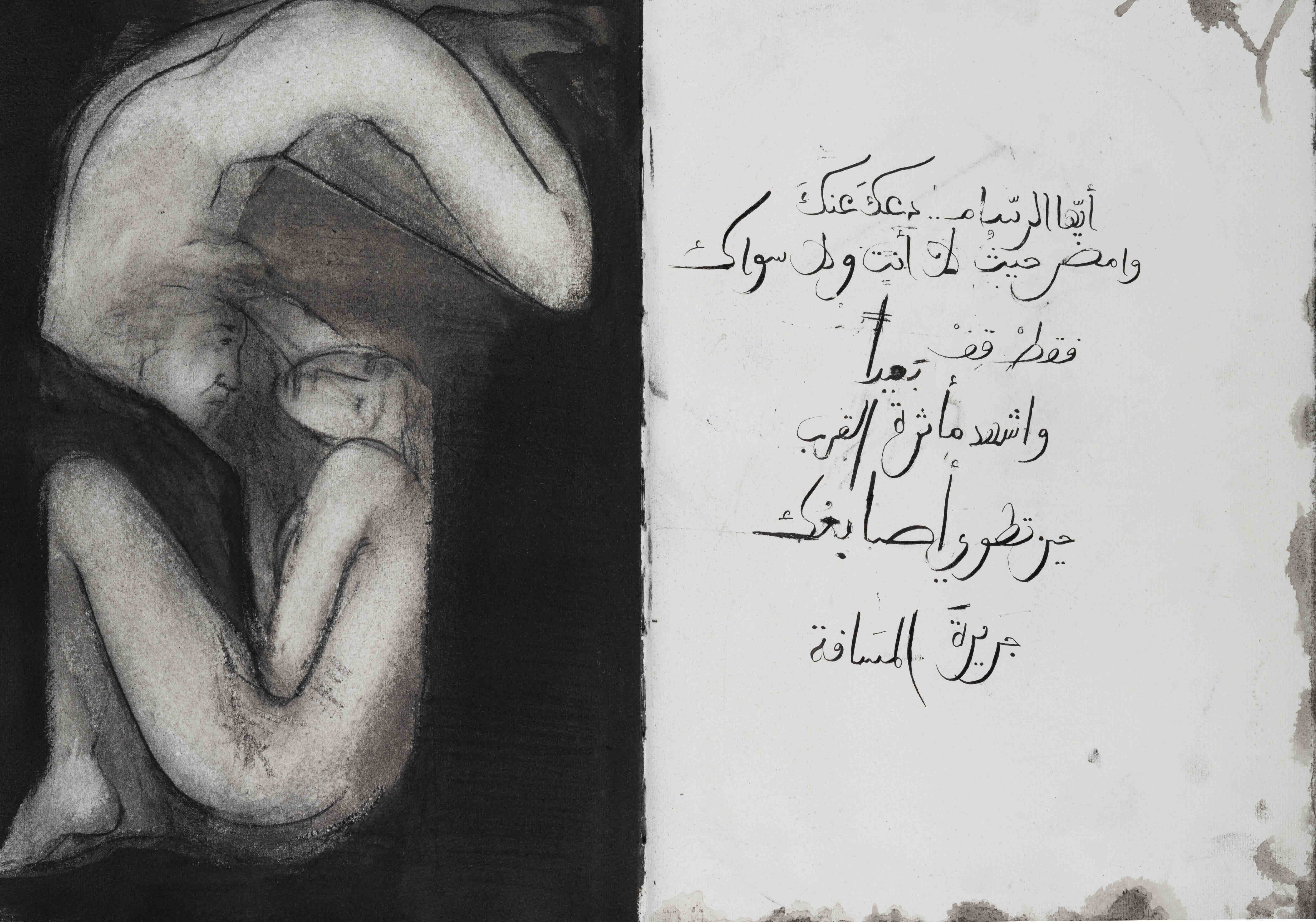
Q - The mother, the Euphrates River, the child and the painter stand as central characters in your book, evoking a sense that your nostalgia reverberates with every passing moment. It‘s as if you‘re standing at a spiritual crossroads, an intersection where resolution eludes you. Does the impact of the events in Syria prompt you to journey back to memories tinged with the fragrance of the Euphrates? Do you find yourself inhaling its gentle breezes within a realm of untarnished recollections?
Certainly, what happened in Syria played a major role in shaping the visual and narrative structure of this book. In the first part, “The Child’s Notebook”, we look through the eyes of a child who contemplates the reflections of his collapsed world on the banks of the Euphrates. This child seeks to regain his intimate places and the faces that are still vivid in his memory, as if attempting to grab a piece of that purity before the war destroys it. This also symbolises his insistence on preserving beauty and spirituality in the face of destruction and chaos.
As for the second part, “The Painter’s Notebook”, the same vocabulary remains present, but the observer here is the painter himself, who has turned himself into the child on the banks of the Euphrates. The world appears again, but through a dialogue between the artist and his painting, or between the painting and its creator. Reality is constantly forming and collapsing, and time flows between the restored image and the one that emerges from the ruins. Despite this change, this world remains cohesive in its essence and the terrain of its memory, which flows on the surface of the canvas in renewed shapes and forms.
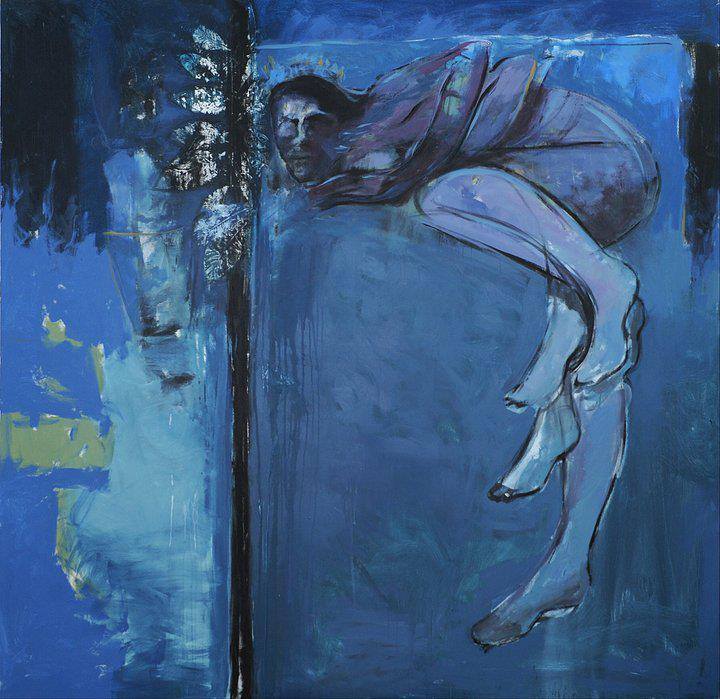
Q - So, for you, art embodies a state of restoration and transcendence – an elevated realm where you transcend the present and the transient, attaining the enduring pinnacle of mankind‘s most sublime condition: art. Is that accurate?
Certainly. From my perspective, art serves as the quintessential pathway to healing and transcendence. It stands as the most harmonious conduit for one‘s creative essence and the loftiest manifestation of humanity‘s core. Moreover, it possesses the power to encapsulate agony and tragedies born from human hands, all while transcending those confines to craft an expansive haven of optimism, surpassing the constraints of ethnicity and culture, and overcoming the narrow barriers that have led humans to feel estranged and detached from their authentic origins. In simple terms, art might ultimately be our refuge amidst the tumultuous currents of commoditization and consumerism, amid the cacophony of conflicting ideas.
Considering that human history, since its very beginnings, has been marred by warfare and bloodshed, there exists another narrative woven by poets and artists. This narrative still stands as the most vivid exemplar of life‘s meaning, beauty and worth.
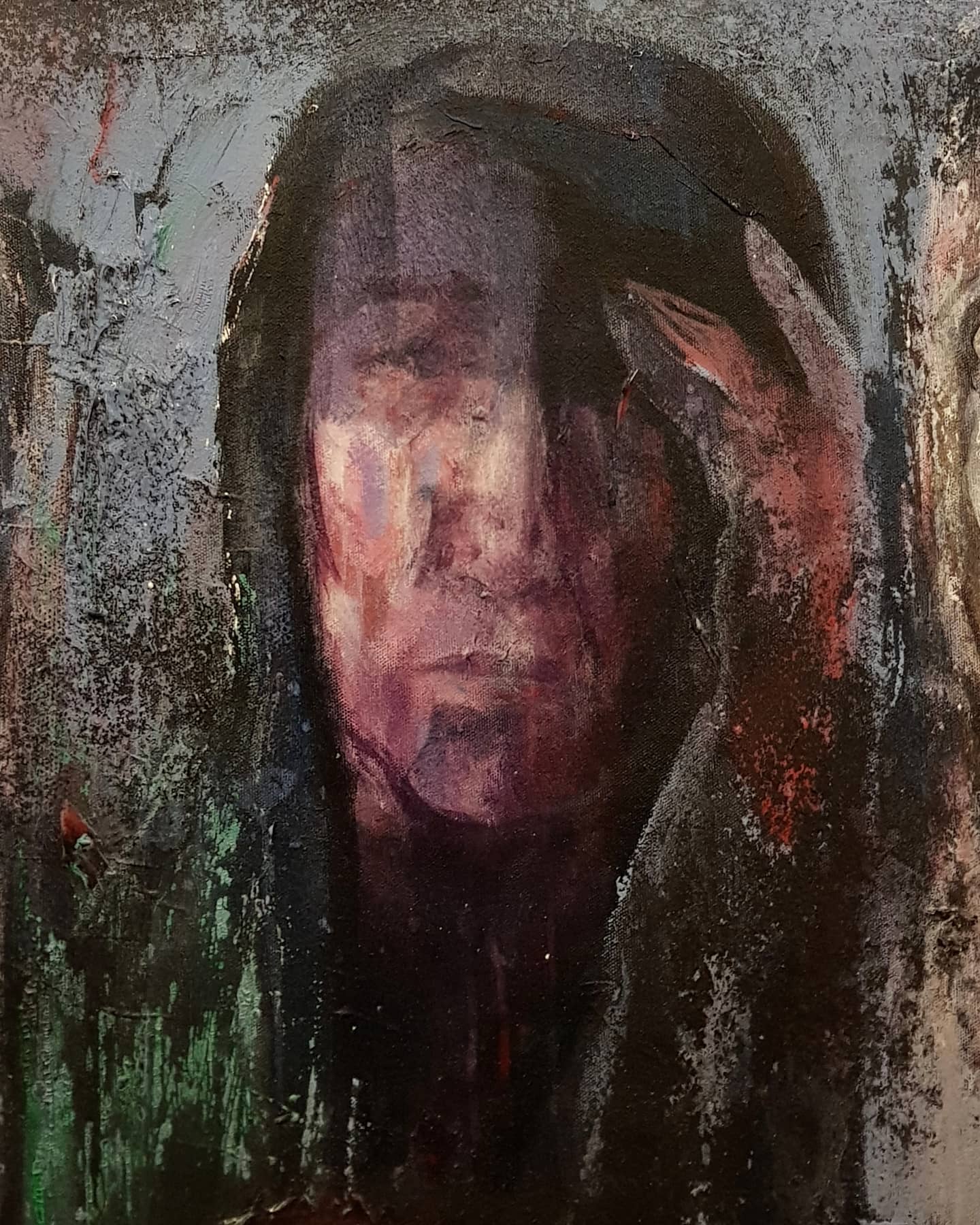
Q - One could argue that what you say is overtly idealistic, particularly in an era seemingly dominated by forces opposing such values. Wouldn‘t you agree?
Maybe... but this is the choice I have made in my life. This choice is one of the things that have motivated me for decades to head to my painting studio every day. At every moment I discover new possibilities for life and new meanings that emerge naturally, whether it is in the context of a painting or in the context of the written word. My choice is to dream, and I find turning a dream into reality an exciting challenge. I also see getting closer to reality and expressing it as an incentive to achieve the dream. In this space between them, we find the moments of harmony and joy that art offers. The artist is the being who walks boldly on the borders of reality and imagination, between truth and dream, and while doing so, presents that formula that simultaneously combines and transcends contradictory worlds.
Q - This brings us to the period when you incorporated the theme of Christ into your work around 2015 – a period that seems to have overlapped with the tumultuous events of the Syrian conflicts. Could you provide more insight into what led you to embark on this exploration and explain its importance within the wider scope of your artistic journey?
This was a pivotal moment in my artistic journey. Initially, I hadn‘t planned on employing this metaphor at all; its emergence was a complete surprise to me. In other words, this theme had never crossed my mind before. Nevertheless, I found myself carried away by the fervour of painting those artworks that surged from within me like an uncontainable torrent. These paintings not only deepened my comprehension of art but also began to reveal its enigmatic aspects – a mysterious realm that resists full comprehension or containment. Secondly, it signified a crucial stride for me in reshaping my artistic expression and navigating the transformations that unfolded. This endeavour encompassed restructuring and reimagining elements, altering my approach to greyscale nuances and presenting these subjects – potentially outdated and overused ones – in entirely new perspectives.

Q - Your chosen themes exhibit striking paradoxes, spanning from grand narratives like the Last Supper to the everyday simplicity of the almond tree at Al-Shamsi’s house. How do you reconcile these apparent disparities?
The apparent dissimilarity in themes belies a shared purpose. They converge on the intent of unearthing the essential – the fundamental core that merits preservation. Each narrative seeks to encapsulate the delicate, fleeting instances that often escape notice. For instance, revisiting the almond tree and meticulously observing its intricacies is tantamount to revisiting many aspects of life to which we‘ve regrettably grown oblivious. Despite their proximity and our daily interactions, their significance remains overlooked. This principle extends to our lives themselves, often lived without genuine immersion. It applies equally to grand narratives, photographed and restored by homing in on pivotal historical moments. The symbolism resonates: just as Christ bore the cross, so do we, often unknowingly. True salvation emerges from mending our fragmented selves that have been dispersed in various directions. Prolonged contemplation amidst serenity may well eclipse ceaseless preoccupations that offer no solace. Though we might believe we infuse life with meaning, in truth, we inadvertently foster isolation, detachment and estrangement from ourselves and others. Hence, taking a pause – to heed our inner voice and rhythmic heartbeat – offers respite from the cacophony besieging us.
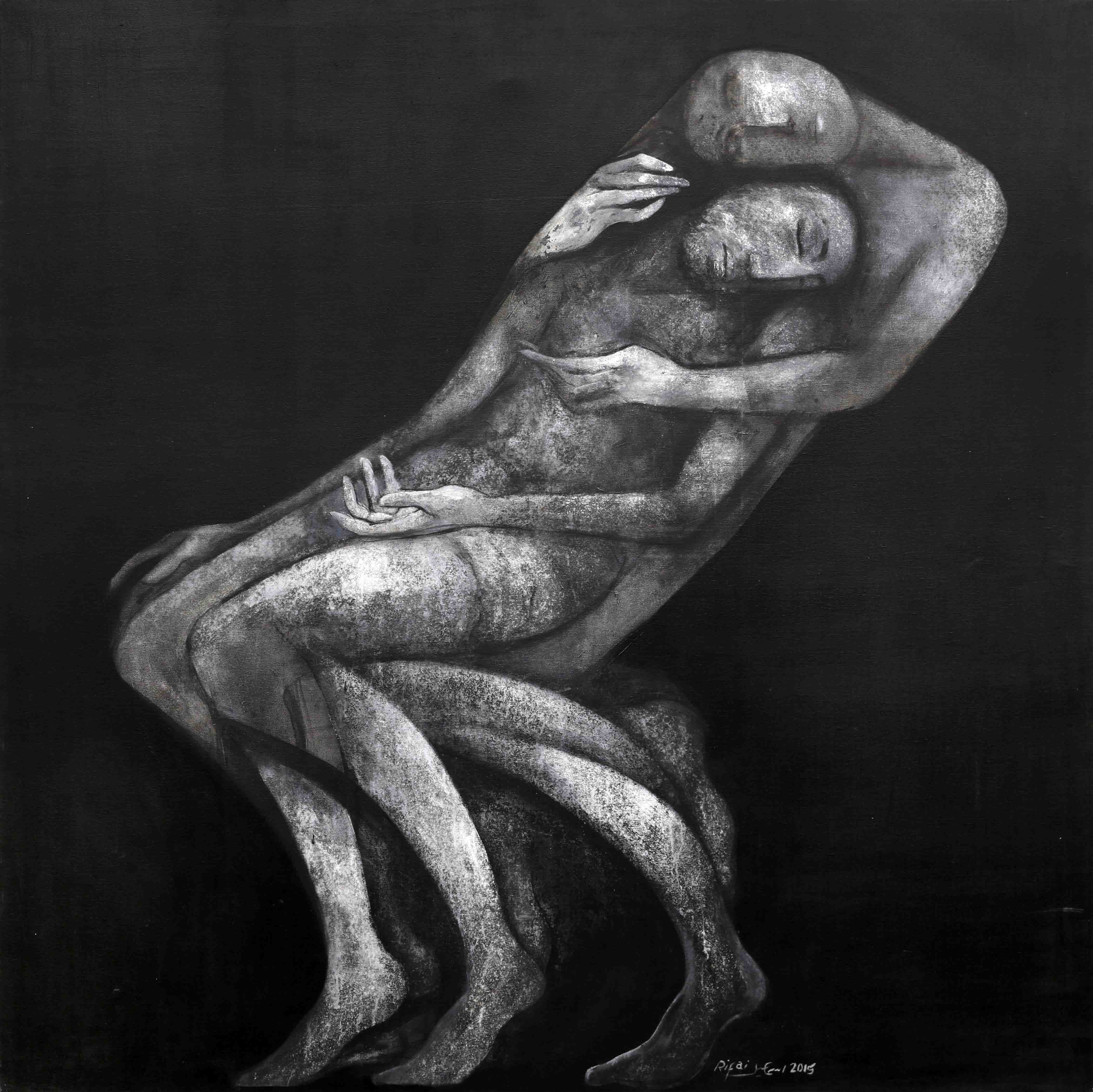
Q - Might we bring our conversation to a close by delving into your upcoming endeavours?
In terms of painting, my focus remains dedicated to pioneering fresh perspectives on the tree of Al-Shamsi’s house. The outcome remains uncertain, but I‘m optimistic it will yield fruit in due course. As for projects interweaving painting and writing, I‘m presently engrossed in crafting a new collection of poetry. This encompasses an extended poem intertwined with illustrations that organically evolve alongside the text. The illustrations resonate with the voice, thus forging an intertwined visual and poetic narrative that coalesces into an all-encompassing artistic experience.

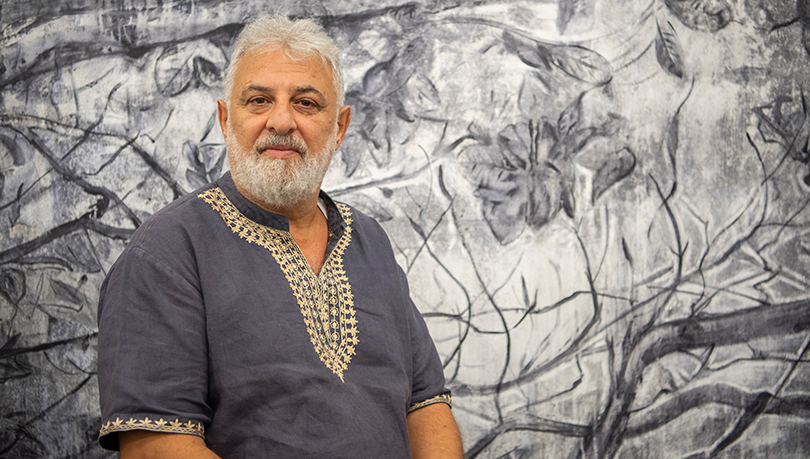

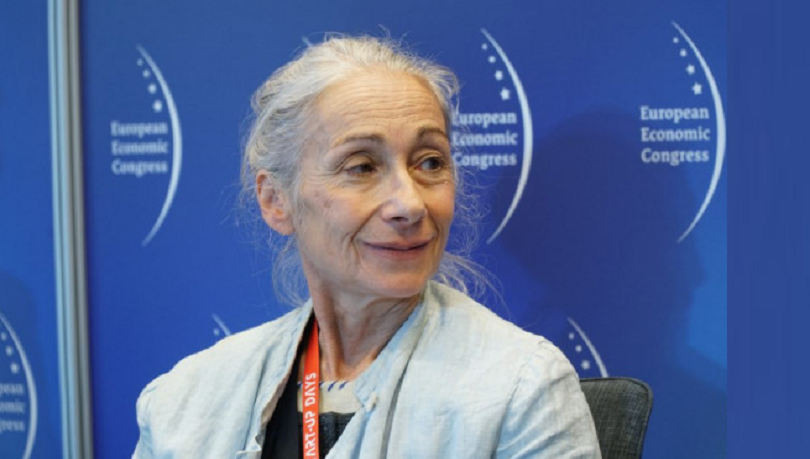
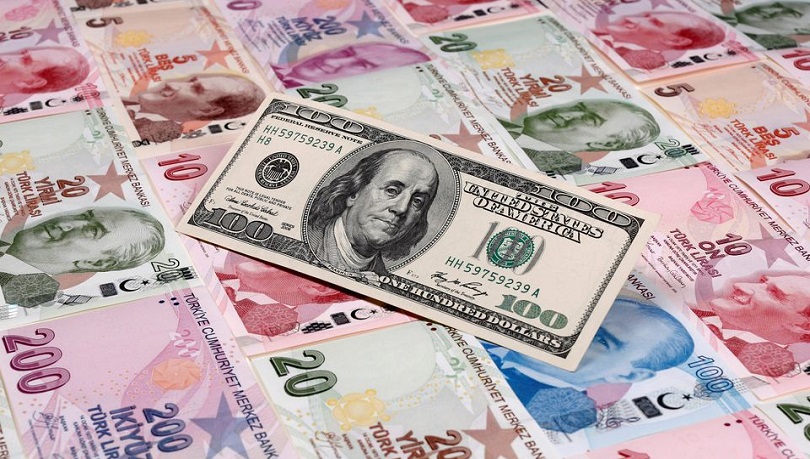
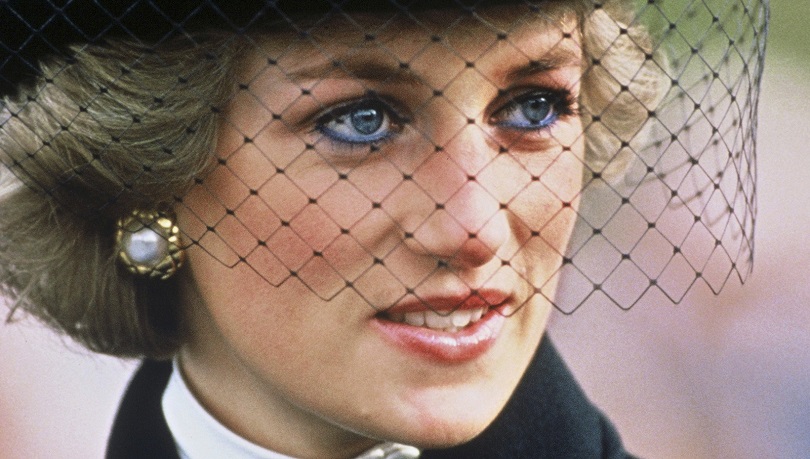
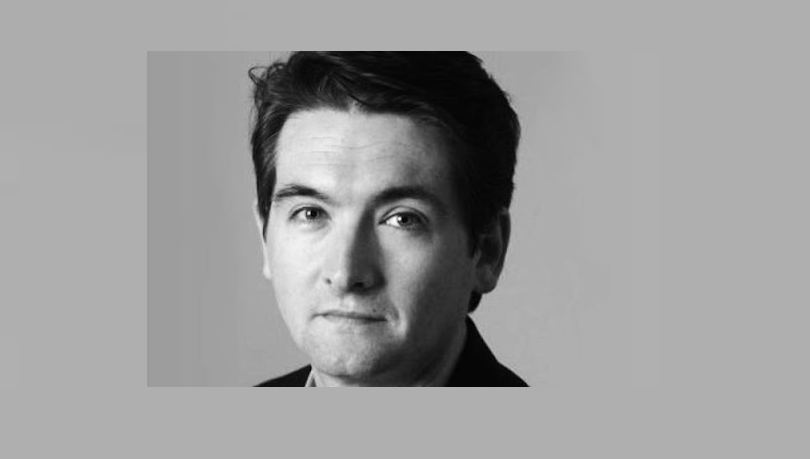
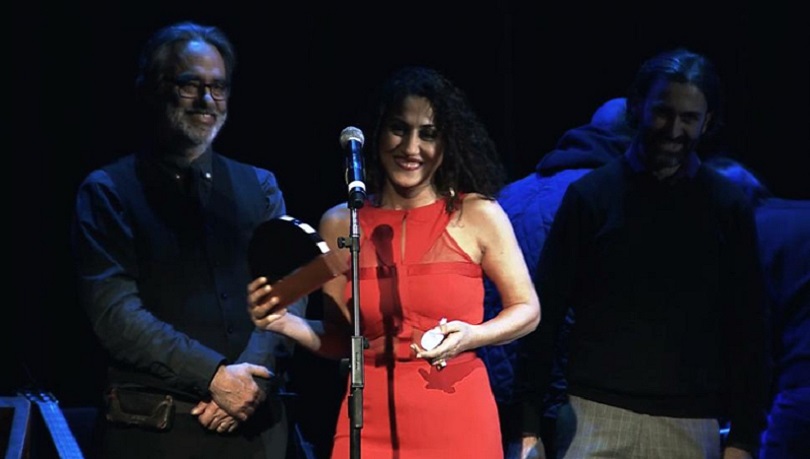
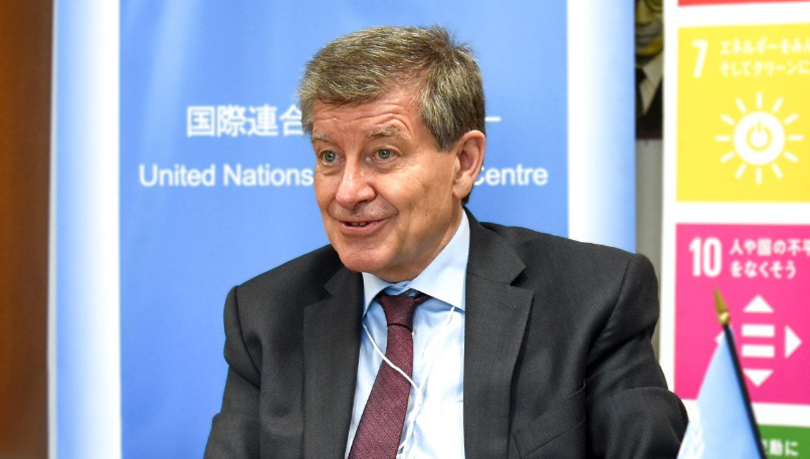
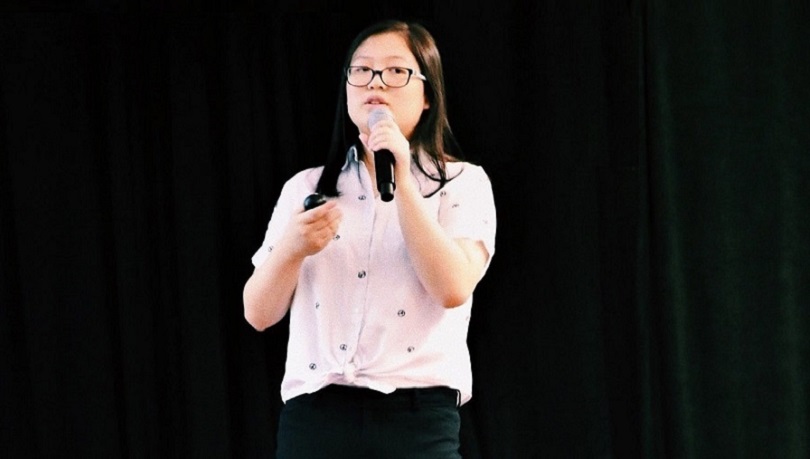

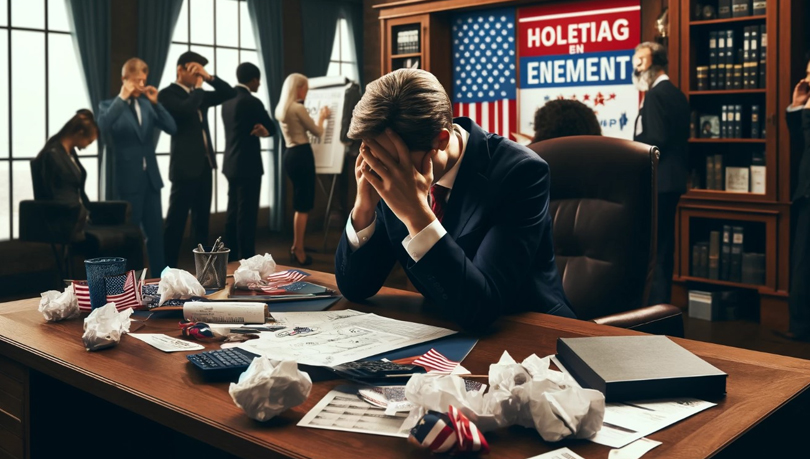


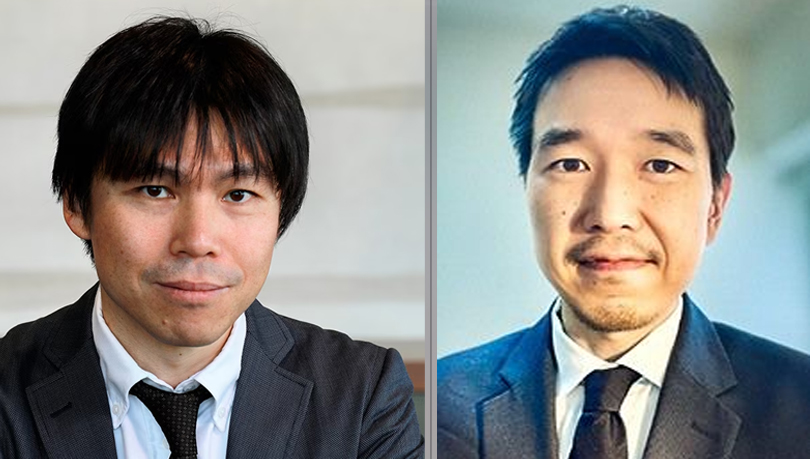
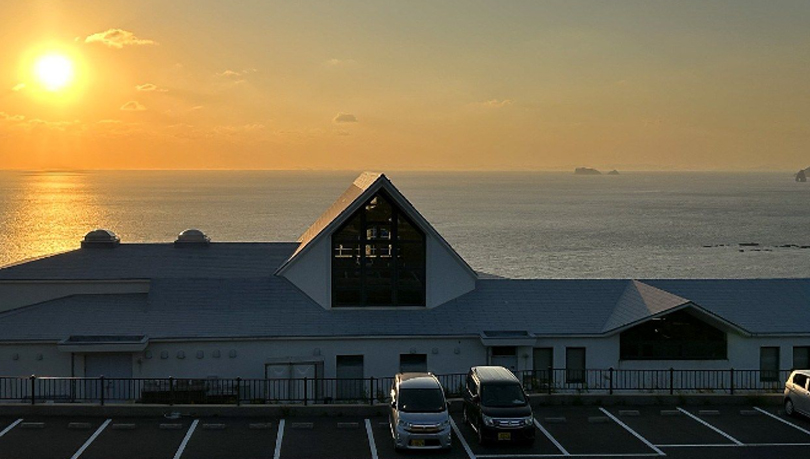
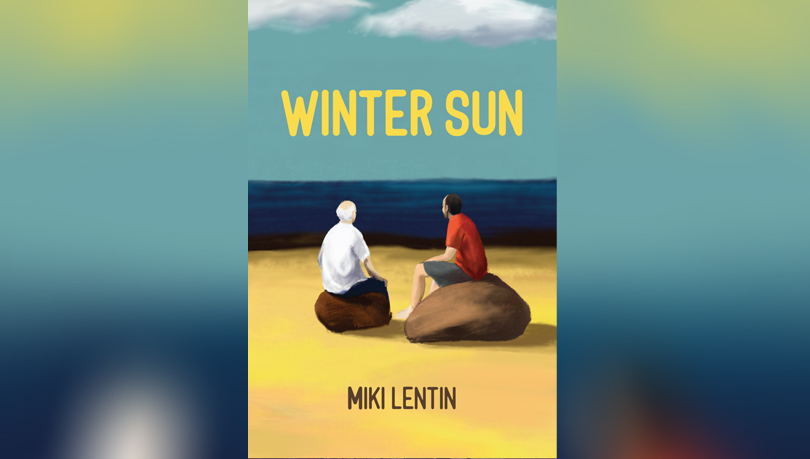
0 Comments